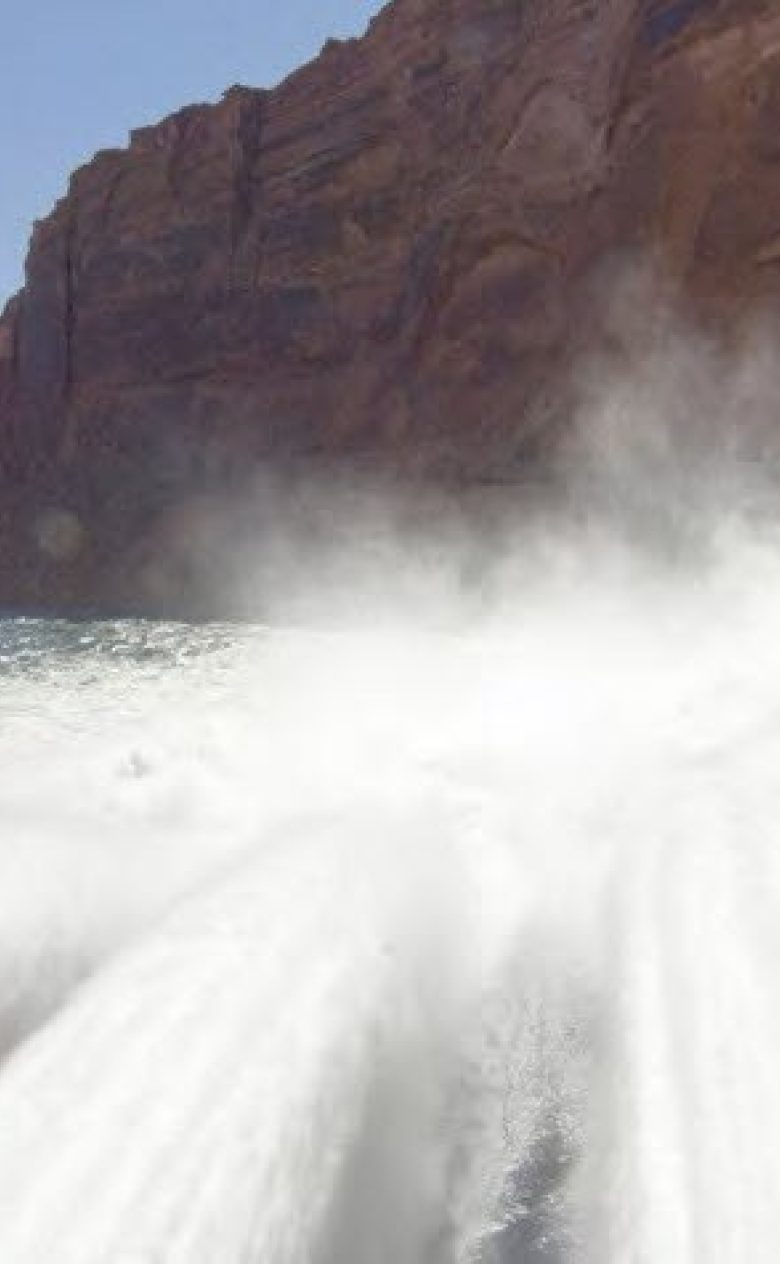Hydropower
Dams are among the largest constructions people have placed in nature. Half of these reservoirs are used for irrigation, the other half for generating energy, water management and water supply. The use of dams influences the quantity, timing and quality of the water and sediment available in a drainage area. That is why it is important when planning new reservoirs to conduct sound environmental studies, and to use the management system of existing reservoirs optimally. Deltares supports project developers, turbine manufacturers, investors and contractors with the design, construction, operation and management of hydropower stations.

Optimisation of planning and management and minimisation of costs and environmental effects
The number of dams continues to increase around the world, partly because they are important for the sustainable development of many countries. To plan and manage reservoirs, clients can call on the hydrological, hydraulic, morphological, geotechnical and ecological expertise of Deltares. Developers and engineers can utilise our research to save money and minimise risks. Government agencies and other stakeholders can use impact analyses and environmental studies for the planning and generation of sustainable energy from hydropower.
Planning, environmental effects, design and optimisation
We employ our experience and knowledge for various clients to accomplish activities in the field of:
- Planning and water distribution in drainage areas
- Environmental impact reports and drainage distribution in terms of the ecology
- Modelling and management of deposits
- Modelling the water quality in reservoirs
- Hydraulic design of pipes, turbines and outlet construction
- Real-time management and optimisation of reservoirs with multiple functions
International experience in the planning, design and management of reservoirs
Deltares has considerable experience in the planning, design and management of reservoirs. We have worked on the following major international projects:
- The National Water Plan in Egypt
- The Water Resources Study for six rivers in West Java
- Creating risk-limiting guidelines for the development of hydropower stations in the Mekong River for the Mekong River Commission
- Optimisation of hydropower stations in the Tennessee Valley
Deposits
Reservoirs are associated with several effects that can cause problems, such as deposits and water quality. Deposits develop near reservoirs (both upstream and downstream) which can lead to:
- Reduced active storage capacity
- Damage to hydropower stations and other facilities
- Morphological changes
Deltares is involved as an advisor in various projects concerned with predicting and alleviating the consequences of flow on deposits and morphology. For example, in the Nile and Mekong Rivers. We use 1D and 2D models to reproduce the entire system in one model. We utilise specially designed, detailed models, also in 3D, for separate parts of the system.
Water quality
Many freshwater reservoirs have poor water quality. We carry out commissions to produce detailed 2D and 3D analyses of stratification processes, deposits and water quality processes. For water quality, for example, the temperature and the level of oxygen in the water are measured. Our Delft3D, Sobek and Ribasim software has modules to evaluate water quality.
Unique numerical modelling software
In the design and research phase, numerical models can be very useful. For hydropower applications, we employ a combination of different numerical models like:
- Delft3D for small-scale and large-scale effects of flow, sediment transport, morphology, waves, water quality and ecology
- WANDA to optimise energy output
- StarCCM+ for detailed simulations of flows near the turbines
- RTC-Tools for real-time control optimisation and DSS (decisions support system)
- Delft-FEWS for real-time predictions of drainage and water quality, etc.
- SOBEK for 1D-modelling of river systems
- RIBASIM for simulating drainage areas and water distribution
More information
Related content
-
Floating solar panels
-
Offshore wind energy
-
Heating and cooling networks for a carbon-free built environment
-
Tidal energy and energy from temperature difference and blue energy
-
Aquathermal energy: heating and cooling with water
-
Aquifer thermal energy storage
-
Wave energy: supplementing the energy transition
-
Energy transition: responsible choices and sustainable use


